Tag: US Navy
Wikipedia says: The United States Navy (USN) is the maritime service branch of the United States Armed Forces and one of the eight uniformed services of the United States.
The Navy was rooted in the colonial seafaring tradition, which produced a large community of sailors, captains, and shipbuilders. In the early stages of the American Revolutionary War, Massachusetts had its own Massachusetts Naval Militia. The rationale for establishing a national navy was debated in the Second Continental Congress. Supporters argued that a navy would protect shipping, defend the coast, and make it easier to seek support from foreign countries. Detractors countered that challenging the British Royal Navy, then the world’s preeminent naval power, was a foolish undertaking. Commander in Chief George Washington resolved the debate when he commissioned the ocean-going schooner USS Hannah to interdict British merchantmen and reported the captures to the Congress. On 13 October 1775, the Continental Congress authorized the purchase of two vessels to be armed for a cruise against British merchantmen; this resolution created the Continental Navy and is considered the first establishment of the U.S. Navy. The Continental Navy achieved mixed results; it was successful in a number of engagements and raided many British merchant vessels, but it lost twenty-four of its vessels and at one point was reduced to two in active service. In August 1785, after the Revolutionary War had drawn to a close, Congress had sold Alliance, the last ship remaining in the Continental Navy due to a lack of funds to maintain the ship or support a navy.
The United States was without a navy for nearly a decade, a state of affairs that exposed U.S. maritime merchant ships to a series of attacks by the Barbary pirates. The sole armed maritime presence between 1790 and the launching of the U.S. Navy’s first warships in 1797 was the U.S. Revenue-Marine, the primary predecessor of the U.S. Coast Guard. Although the USRCS (United States Revenue Cutter Service) conducted operations against the pirates, the pirates’ depredations far outstripped its abilities and Congress passed the Naval Act of 1794 that established a permanent standing navy on 27 March 1794. The Naval Act ordered the construction and manning of six frigates and, by October 1797, the first three were brought into service: USS United States, USS Constellation, and USS Constitution. Due to his strong posture on having a strong standing Navy during this period, John Adams is “often called the father of the American Navy”. In 1798–99 the Navy was involved in an undeclared Quasi-War with France. From 1801 to 1805, in the First Barbary War, the U.S. Navy defended U.S. ships from the Barbary pirates, blockaded the Barbary ports and executed attacks against the Barbary’ fleets.
The U.S. Navy saw substantial action in the War of 1812, where it was victorious in eleven single-ship duels with the Royal Navy. It proved victorious in the Battle of Lake Erie and prevented the region from becoming a threat to American operations in the area. The result was a major victory for the U.S. Army at the Niagara Frontier of the war, and the defeat of the Native American allies of the British at the Battle of the Thames. Despite this, the U.S. Navy could not prevent the British from blockading its ports and landing troops. But after the War of 1812 ended in 1815, the U.S. Navy primarily focused its attention on protecting American shipping assets, sending squadrons to the Caribbean, the Mediterranean, where it participated in the Second Barbary War that ended piracy in the region, South America, Africa, and the Pacific. From 1819 to the outbreak of the Civil War, the Africa Squadron operated to suppress the slave trade, seizing 36 slave ships, although its contribution was smaller than that of the much larger British Royal Navy.
During the Mexican–American War the U.S. Navy blockaded Mexican ports, capturing or burning the Mexican fleet in the Gulf of California and capturing all major cities in Baja California peninsula. In 1846–1848 the Navy successfully used the Pacific Squadron under Commodore Robert Stockton and its marines and blue-jackets to facilitate the capture of California with large-scale land operations coordinated with the local militia organized in the California Battalion. The Navy conducted the U.S. military’s first large-scale amphibious joint operation by successfully landing 12,000 army troops with their equipment in one day at Veracruz, Mexico. When larger guns were needed to bombard Veracruz, Navy volunteers landed large guns and manned them in the successful bombardment and capture of the city. This successful landing and capture of Veracruz opened the way for the capture of Mexico City and the end of the war. The U.S. Navy established itself as a player in United States foreign policy through the actions of Commodore Matthew Perry in Japan, which resulted in the Convention of Kanagawa in 1854.
Naval power played a significant role during the American Civil War, in which the Union had a distinct advantage over the Confederacy on the seas. A Union blockade on all major ports shut down exports and the coastal trade, but blockade runners provided a thin lifeline. The Brown-water navy components of the U.S. navy control of the river systems made internal travel difficult for Confederates and easy for the Union. The war saw ironclad warships in combat for the first time at the Battle of Hampton Roads in 1862, which pitted USS Monitor against CSS Virginia. For two decades after the war, however, the U.S. Navy’s fleet was neglected and became technologically obsolete.
Showing 1–16 of 389 results
-
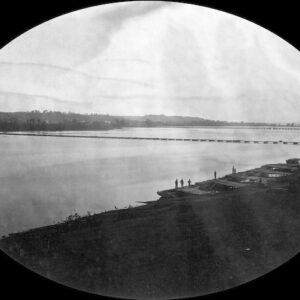
Image ID: AADU
$6.99 -
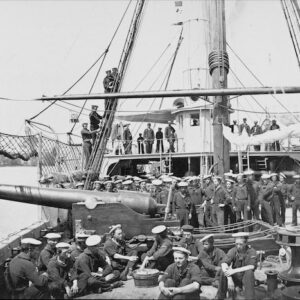
Image ID: AAHT
$6.99 -
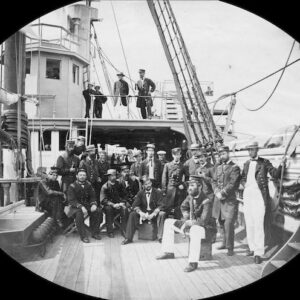
Image ID: AAHU
$6.99 -
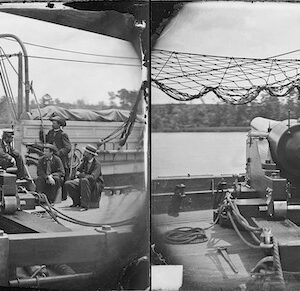
Image ID: AAHV
$3.99 This product has multiple variants. The options may be chosen on the product page -
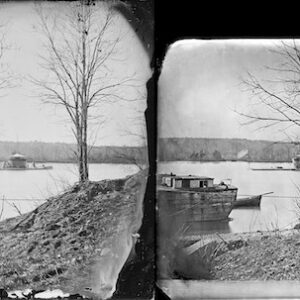
Image ID: AAIG
$5.99 -
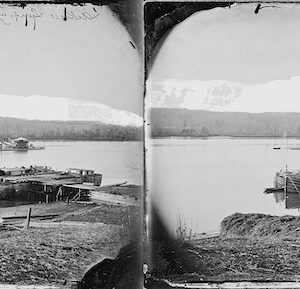
Image ID: AAIH
$3.99 – $4.99 This product has multiple variants. The options may be chosen on the product page -
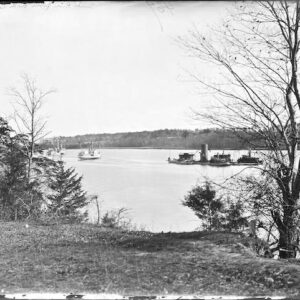
Image ID: AAIL
$4.99 – $5.99 This product has multiple variants. The options may be chosen on the product page -
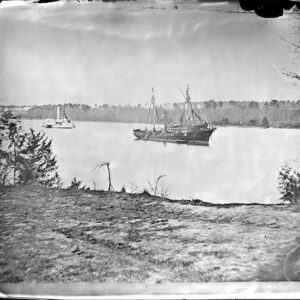
Image ID: AAIW
$3.99 -
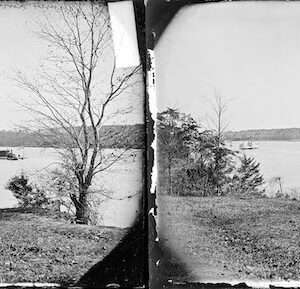
Image ID: AAJV
$3.99 – $5.99 This product has multiple variants. The options may be chosen on the product page -
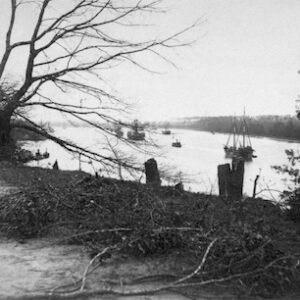
Image ID: AAOE
$3.99 -
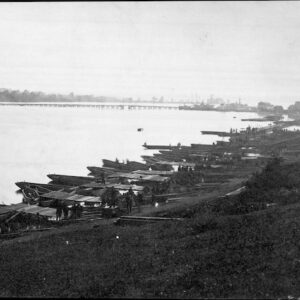
Image ID: AAPJ
$1.99 -
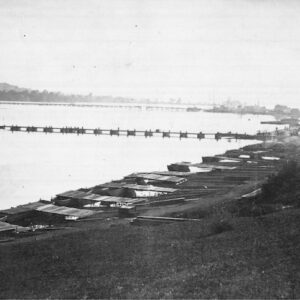
Image ID: AAPK
$1.99 -
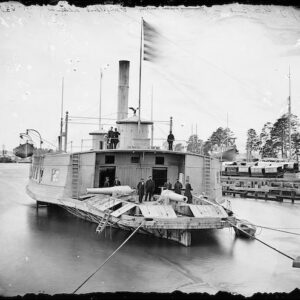
Image ID: AAPV
$4.99 – $6.99 This product has multiple variants. The options may be chosen on the product page -
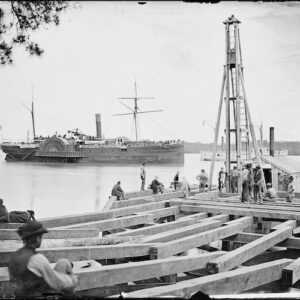
Image ID: AAQH
$4.99 -
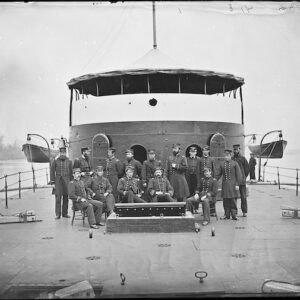
Image ID: AAQI
$4.99 – $6.99 This product has multiple variants. The options may be chosen on the product page -
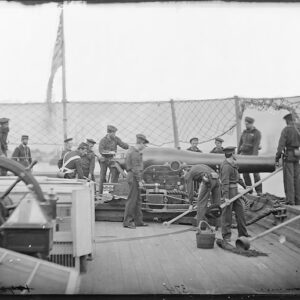
Image ID: ABCH
$4.99 – $6.99 This product has multiple variants. The options may be chosen on the product page